Researchers have developed a network of nanoscale particles that can be injected into the body and release insulin when blood-sugar levels rise.
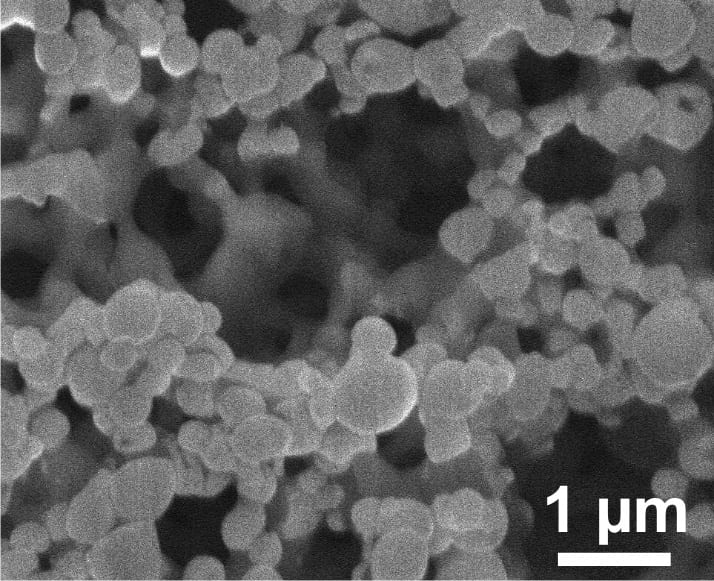

Researchers have developed a network of nanoscale particles that can be injected into the body and release insulin when blood-sugar levels rise.
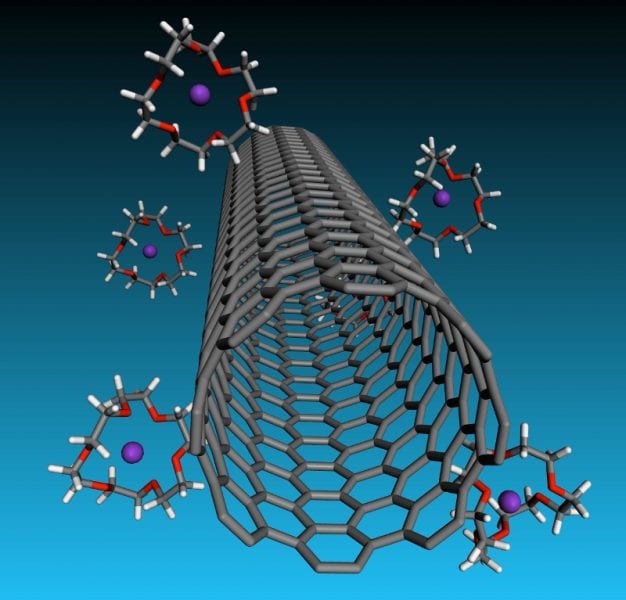
Rice University strategy turns negatively charged carbon nanotubes into liquid crystals that could enhance the creation of fibers and films.
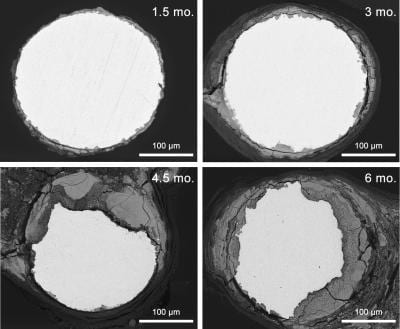
Some materials dissolve too quickly in the body, and some hang around forever — zinc, however, may be just right.
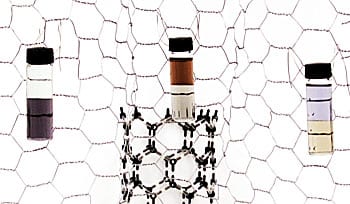
An old, somewhat passé, trick used to purify protein samples based on their affinity for water has found new fans at NIST.
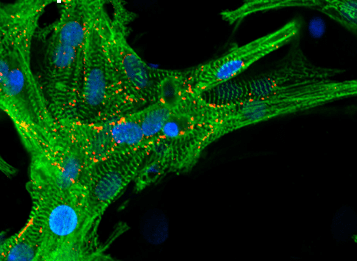
A new biomaterial for heart tissue regeneration, resembling live cardiac tissue in key characteristics, has been reported.
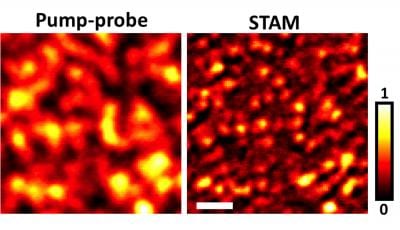
Researchers have found a way to see synthetic nanostructures and molecules using a new type of optical microscopy that does not require fluorescent dyes.
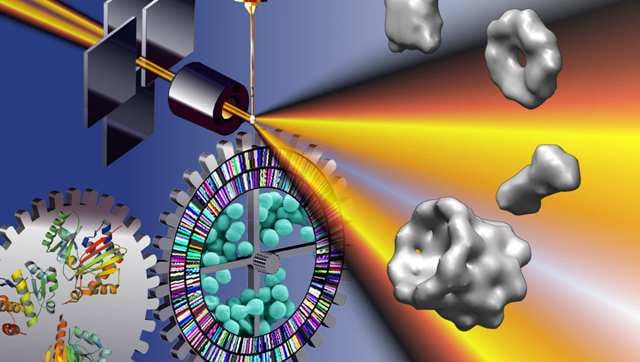
Berkeley Lab Researchers develop new metrics for X-ray and neutron analysis of flexible macromolecules.
100-nanometer-long “meta-atom” of gold and silicon oxide is capable of straightening and speeding up light waves.
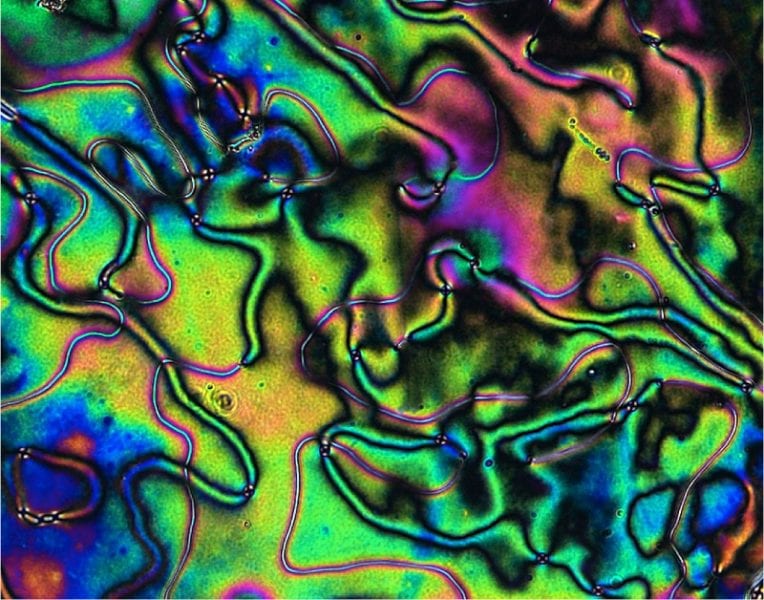
Rice University researchers find that silicone liquid crystals stiffen with repeated compression.
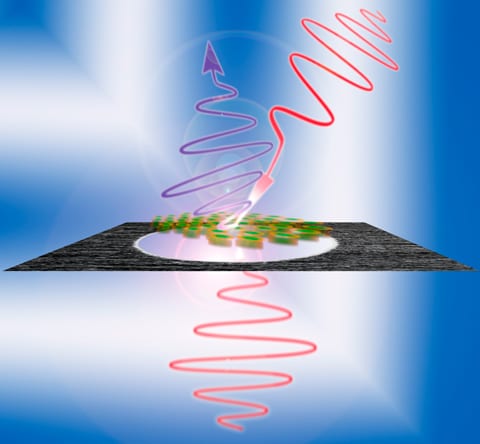
Researchers succeed in generating flashes of extreme ultraviolet radiation via the reflection from a mirror that moves close to the speed of light.